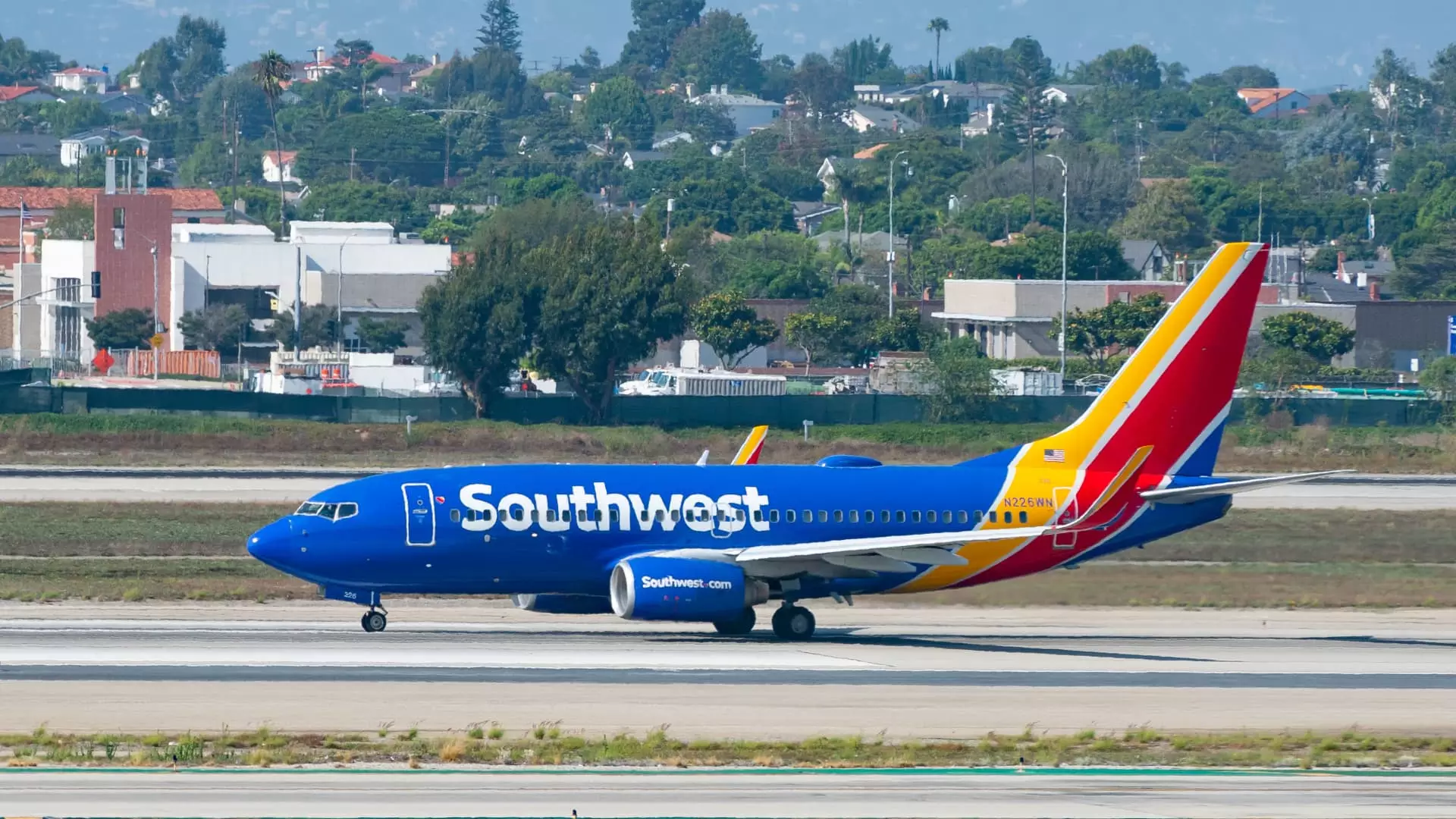Southwest Airlines and its pilots’ union have recently reached a preliminary labor agreement that could potentially bring an end to years of tense negotiations. This deal, worth approximately $12 billion over five years, would grant Southwest pilots cumulative pay increases of 50% throughout the duration of the contract. The agreement, if approved by the pilots, would significantly increase their hourly rates and introduce other improvements to their working conditions. This critical analysis will examine the implications and potential pitfalls of this new era for Southwest Airlines pilots.
Unlike its larger competitors, United Airlines, American Airlines, and Delta Air Lines, Southwest Airlines was the last among the major U.S. passenger airlines to secure a deal with its pilots’ union. While United Airlines’ new four-year pilot contract is reportedly worth about $10 billion, Southwest’s contract surpasses that amount, signaling a significant financial commitment. However, it is crucial to analyze the terms of the agreement to better understand its impact on the pilots and the company.
According to the union’s summary of the agreement, the deal would bring the hourly rate for a 12-plus year captain to $368.47, while new first officers would receive $135.20 an hour by 2028. These figures highlight substantial pay increases for the pilots, which could help alleviate longstanding grievances related to compensation. The agreement also addresses other concerns raised by pilots, such as erratic schedules and working conditions.
Southwest pilots and flight attendants have been vocal about their dissatisfaction with erratic schedules, particularly during disruptions. The issues related to old software that left crews out of position for rescheduled flights further exacerbated the problem. Complaints regarding unpredictable work schedules have been a significant source of tension between the airline and its pilots. However, this new agreement aims to address these concerns and improve working conditions for the pilots.
While the pilots’ union and Southwest Airlines have reached an agreement, the flight attendants’ union recently rejected a preliminary deal in a vote. The rejection was partly due to technical glitches in online voting, prompting the union to plan a re-vote. This instance highlights the challenges faced when attempting to reach consensus among all employee groups, even after significant progress has been made in negotiations.
Labor unions across various industries have exerted their power in recent times to secure favorable deals for their members. Hollywood studios, automakers, and now airlines have witnessed labor strikes and negotiations resulting in significant agreements. The ripple effect across the industry suggests that other pilot unions, such as UPS pilots’ union, will also strive for similar improvements in the future.
The COVID-19 pandemic disrupted negotiations across the aviation sector, leading to the pausing of pay increases. Despite the return of travel demand and the escalation of inflation, negotiations were at a standstill. Southwest Airlines and its pilots’ union, like others, faced challenges during this period, but eventually managed to secure a deal. It is important to recognize the impact of external factors like the pandemic on negotiations and labor agreements.
The new labor agreement between Southwest Airlines and its pilots’ union signifies the beginning of a new era for the airline. With increased pay and improvements in working conditions, Southwest pilots can look forward to a more favorable work environment. However, challenges still exist, as evidenced by the rejection of a preliminary deal by the flight attendants’ union. The future success of the agreement will depend on open communication, continuous negotiations, and mutual understanding between the airline and all employee groups.

